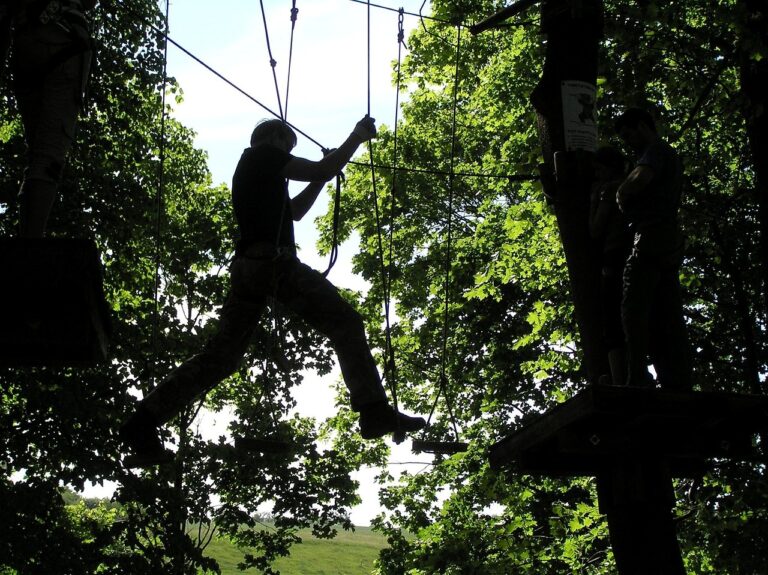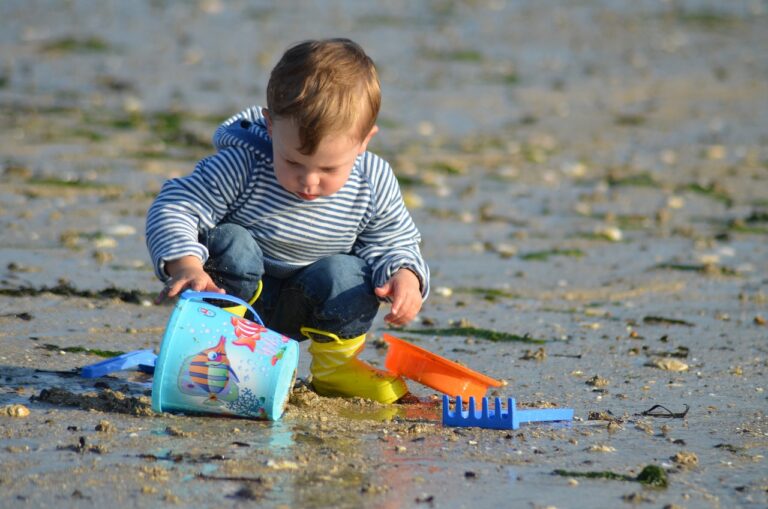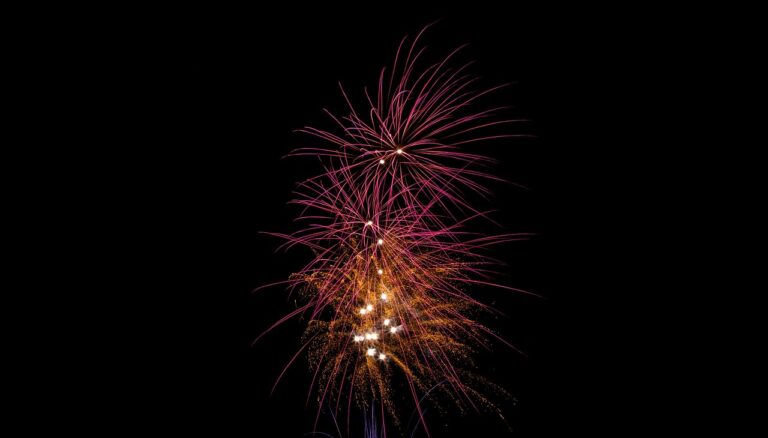Trends in Narrative Nonfiction: Welcome 11xplay, Laser247. Com, World777.com registration
welcome 11xplay, laser247. com, world777.com registration: Narrative nonfiction, also known as creative nonfiction, has been gaining popularity in recent years. This genre combines factual information with storytelling techniques to create engaging and compelling narratives. As the world of nonfiction continues to evolve, several trends are emerging that are shaping the future of narrative nonfiction writing.
1. Personal Essays
Personal essays are becoming increasingly popular in narrative nonfiction. Writers are exploring their own experiences and perspectives in a more introspective and reflective way. Readers are drawn to these intimate narratives that offer insight into the writer’s personal life and emotions.
2. Immersive Journalism
Immersive journalism takes readers deep into a story by using multimedia elements such as virtual reality, videos, and interactive graphics. This trend is revolutionizing the way nonfiction stories are told, allowing readers to experience the narrative in a more immersive and engaging way.
3. Investigative Narratives
Investigative narratives delve into complex issues and uncover hidden truths through in-depth research and reporting. This trend is gaining traction as readers seek to understand the world around them and uncover the stories that aren’t always readily apparent.
4. Memoirs
Memoirs have long been a popular form of narrative nonfiction, but they continue to evolve and push boundaries. Memoir writers are experimenting with structure and form, blurring the lines between fiction and nonfiction to create compelling and powerful narratives.
5. Environmental Writing
With growing concerns about climate change and the environment, environmental writing is becoming a prominent trend in narrative nonfiction. Writers are exploring the impact of human activity on the planet and advocating for sustainable practices through their storytelling.
6. Intersectionality
Intersectionality is the concept that various forms of identity and oppression intersect and overlap. Narrative nonfiction writers are increasingly exploring this concept in their work, highlighting the interconnectedness of race, gender, sexuality, and other aspects of identity.
FAQs
1. What is narrative nonfiction?
Narrative nonfiction is a genre of writing that combines factual information with storytelling techniques. It allows writers to convey true stories in a compelling and engaging way.
2. How is narrative nonfiction different from traditional nonfiction?
Narrative nonfiction tends to focus more on storytelling and literary techniques, whereas traditional nonfiction is more straightforward and informative. Narrative nonfiction often employs elements of fiction, such as dialogue and descriptive scenes, to bring the story to life.
3. Who are some notable narrative nonfiction writers?
Some notable narrative nonfiction writers include Rebecca Solnit, Ta-Nehisi Coates, Joan Didion, and Mary Karr.
4. How can I get started writing narrative nonfiction?
To get started writing narrative nonfiction, begin by identifying a compelling story or topic that you are passionate about. Conduct thorough research to gather facts and information, and then use storytelling techniques to bring the story to life on the page. Experiment with different narrative styles and structures to find what works best for your story.
In conclusion, narrative nonfiction is a dynamic and evolving genre that offers writers endless possibilities for exploring true stories in creative and engaging ways. By embracing these trends and pushing boundaries, narrative nonfiction writers can continue to captivate and inspire readers around the world.







